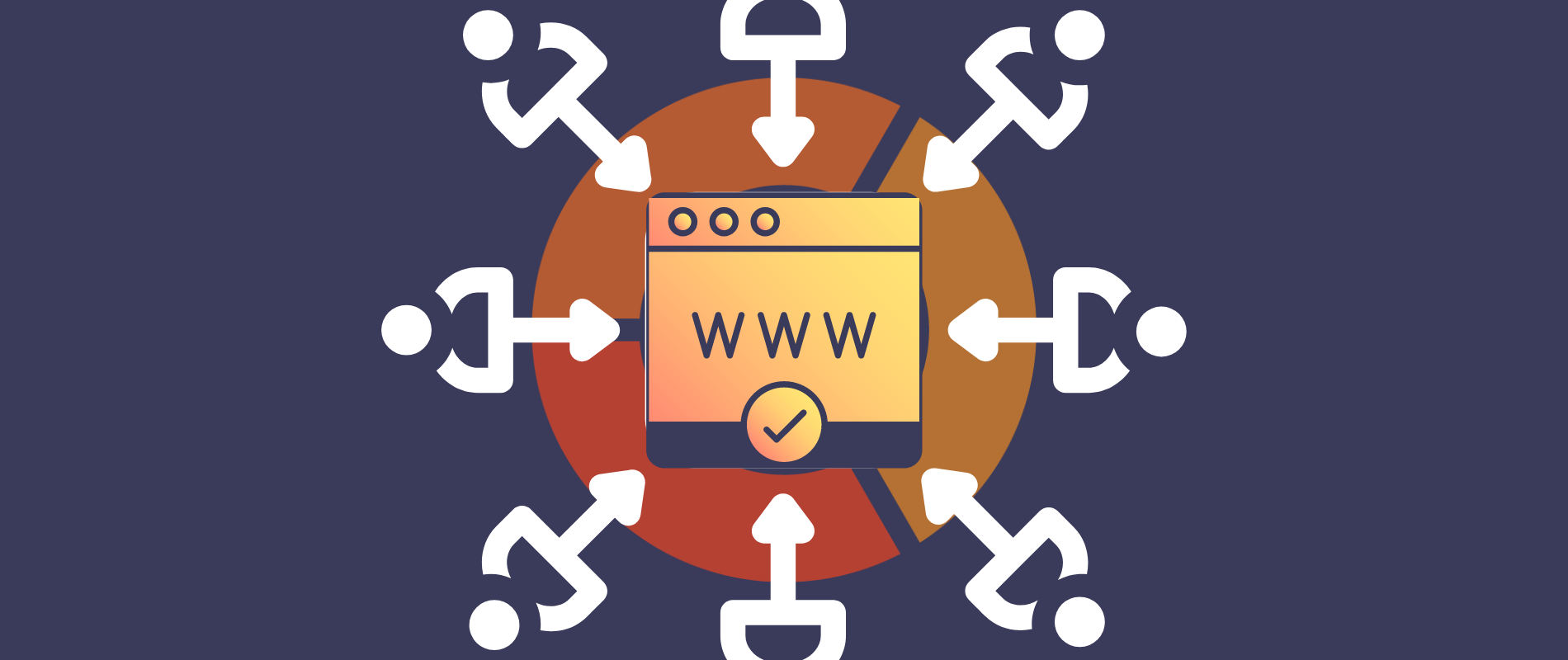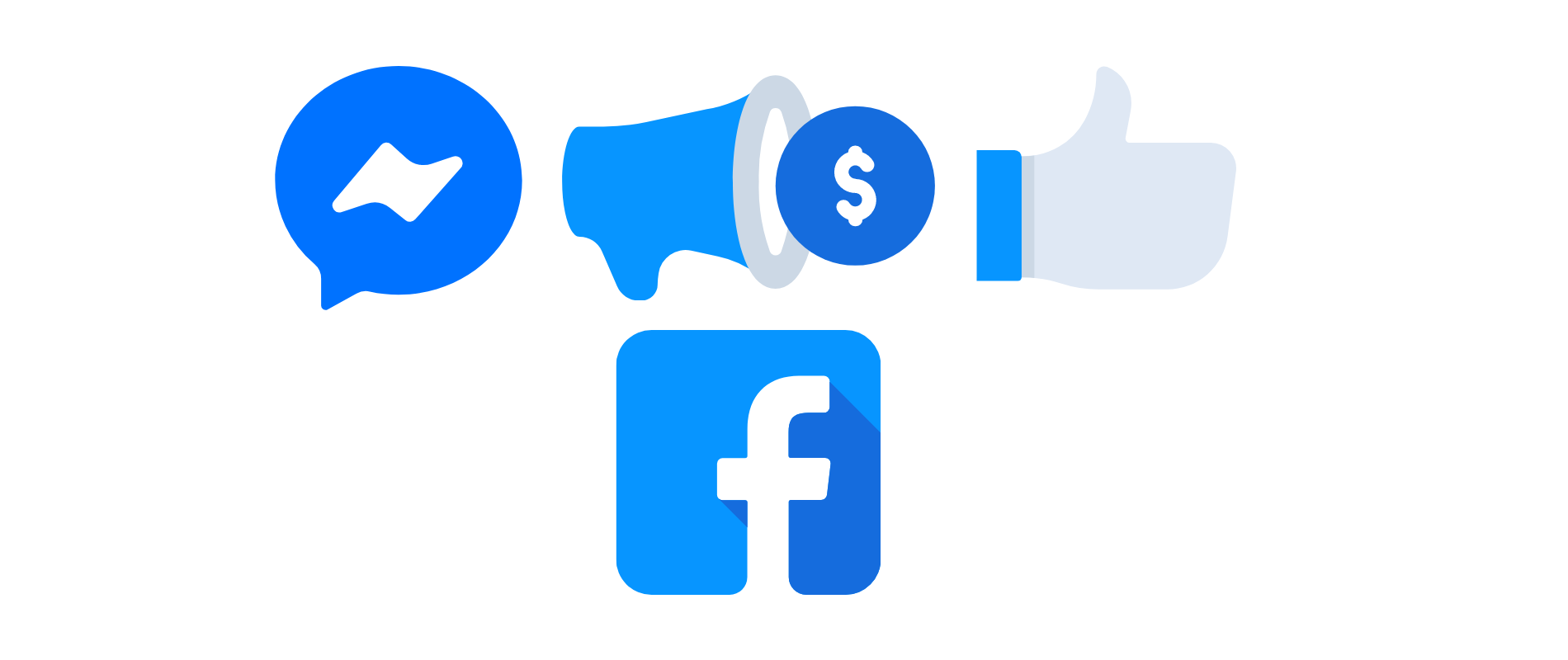
Get weekly
HubSpot updates
For software-as-a-service (SaaS) businesses to grow, they need a significant number of high-quality leads. Your website is your greatest asset when it comes to achieving this. Unfortunately, it's also a tool that many SaaS B2Bs fail to harness fully.
At SpotDev, one of the initial steps we take to improve lead generation for our clients is to assess their websites and identify the strengths and weaknesses. This process almost always turns up some excellent low hanging fruits and opportunities that may have been missed.
By using inbound methodology and website design best practices, we can quickly and effectively start turning a website into a lead generating machine.
But before you decide to bring us on board, you may be interested to see how your website holds up against some of the best SaaS B2B websites out there. By studying the tools and features they put into action, you can take a more informed approach to your own objectives as you transform and optimise your pages.
Table of contents
- What types of websites are there?
How do I create a SaaS website?
5 Examples of SaaS websites
SaaS B2B must-haves for lead generating websites
What types of websites are there?
There are many different types of websites, and not all will support your particular sales process.
Your SaaS website design will depend on the goals you've set out for your business. The tools and plugins you integrate, as well as the user experience (UX) you create, will help you to realise these objectives.
Business Website
Also known as your main business site, this is where visitors can learn about your company, its products and services, and how customers can communicate with you.
E-commerce Website
An e-commerce website is a type of selling site that serves as a portal where buyers can purchase from you and get a quick overview of your products.
Personal Website
Also known as blog sites, these are typically for personal use and are likely to focus on a topic or subject that the author specialises in. Blogs have limited features and aren't really for selling purposes.
How do I create a B2B SaaS website?
SaaS companies usually combine elements of the above-mentioned website types to create informative and engaging web pages that educate visitors on their software's features and answer the FAQs that may be bottlenecking leads from progressing to the conversion stage.
As a business that wants to grow its monthly recurring revenue (MRR), you'll need a website that easily integrates with optimisation plugins and provides you with the metrics and data you need to enhance each page for lead generation.
Your website will need more than just a lead capture form if you are to grow your business exponentially!
The digital marketing strategy you implement will include a lead qualification process that enables you to nurture that visitor as they navigate through your content and become more and more educated on your offering.
Let's take a look at some software companies that we've identified as strong lead generators and what we can learn from their websites.
5 Examples of SaaS websites
Slack
Slack has become one of the leading communication tools for businesses because it's easy to use and purpose-built for its target market. As a subscription-based software, however, lead generation and conversion is an essential part of their marketing strategy, and this is where their website wins every time.
From the homepage, it's evident what the company's mission is: To help people get work done.
Immediately, we see that this is a tool which enables productivity between teams in a work setting. If there were any uncertainties about the intent behind the software's design, things are quickly clarified by Slack’s copy – that's the first step to qualifying leads. If someone doesn't feel that they're on the right website to service their query, you may be wasting their time and yours.
Slack tells you about the problem it solves and gets straight to point with a hard-to-miss CTA for a free trial offer. A quick browse through the website reveals highly targeted landing pages that provide all the content you need to learn more about the software and how it can be applied.
The copywriters have developed a clear and simple tone of voice that gets to the point and makes the benefits of using the software clear and easy to understand. These benefits are further emphasised by a testimonial towards the bottom of the homepage which helps to reinforce the message of productivity.
Evernote
The Evernote App has become a must-have for list tickers and folks that enjoy feeling organised and in control of their notes and tasks. It helps users to centralise what would normally be a range of notepads, diaries, and flyaway pages into one streamlined application that lets you keep everything digitally organised and accessible from all of your devices.
The "Simplify your life" slogan on the homepage helps visitors understand the key benefit of the app. The website’s seamless UX design will appeal to users who enjoy interactions with neat and intuitive technology – much like the app itself.
There are no barriers to signing up; you can easily join with an existing Google login, and the benefits of using the software are emphasised throughout.
SaaS companies are often keen to talk about the technical aspects of their products, but in a B2B scenario, it’s likely that your leads want a better understanding of how your software is going to make their lives easier.
As you scroll through the Evernote website, the copy continuously points out the transformational benefits of using the software and appeals to the persona’s need for organisation and productivity. Once they’ve fully absorbed that message, they can look at the more technical features by clicking on the tab in the top menu. The homepage, however, is strictly reserved for emphasising the benefits of the app.
Xero
Xero is an accounting software, targeted at businesses that would like to save time and focus on growth. Like the other websites we've reviewed, Xero immediately identifies its buyer personas by defining itself as an online accounting tool for small businesses.
This prevents any visitors who may have requirements that don't fit the small business model from engaging further. Once you click on the Why Xero tab, you can find a dedicated landing page for your business sector so that you can access information that's tailored towards the questions you're most likely to need answering.
Like the other great SaaS sites we’ve seen so far, Xero offers a free trial. Accounting services providers know that establishing trust is a crucial element in winning a new customer over, that’s why offering a free trial is an important part of the sales process, it helps the lead to see and experience the benefits of the software without committing to payment just yet.
Xero is keen to convert visitors into customers by making CTAs visible on every page, ensuring that after each learning experience the visitor has on the website, they’re never too far away from a decision to progress along their buyer’s journey.
SpotDev
While we're not necessarily a software as a service provider, we do serve the SaaS industry, and we've learnt a lot during the revamping and optimising of our own website.
Since we're in the business of generating leads for our customers, the testing ground for all of our methodology is usually the SpotDev website – it's only fair that we practice what we preach, after all.
We've organised our website around topic clusters that help visitors follow a logical process as they interact with our content. The aim is to educate SaaS businesses about the benefits of digital marketing and provide useful and actionable advice.
This helps to establish a relationship with leads entering the top of our sales funnel, guiding them along the conversion path as they read blogs that take them from awareness through to decision level information.
Topic clusters are a great way of generating organic traffic by helping search engines identify your website as a credible authority on the topic due to the volume and quality of content you have built around the subject.
Clickback
Clickback is a sales prospecting tool that shows you who's visited your website. Unlike the established SaaS players on the market, Clickback has to work harder to educate its audience and build trust. They achieve this by making their website transparent and easy to navigate, helping the visitor to quickly find pricing details and providing explicit definitions of the benefits and uses of their products.
Clickback has put the time into understanding each pain point that clients may be looking to address and have a dedicated FAQ page that helps visitors gain a deeper understanding of their two product offers.
SaaS B2B must haves for lead generating website
Having studied all the websites above, there are some key characteristics and features that all b2b SaaS businesses should be looking to implement.
- A clear desirable outcome
- Use CTAs and easy-to-follow navigation that helps your visitor come to the natural conclusion of either booking a demo, scheduling a consultation, or making a purchase. Whatever the end-goal is, you need to provide the visitor with a clear path.
- Be engaging
- Interactive, user-friendly websites have much higher conversion rates. There is a fine balance between engaging and annoying, however. Make sure pop-ups are strategic, and that your tone of voice is polite but to the point.
- Polish your copy
- It's likely that your leads have visited competitor sites and are already clued up on aspects of your service. The quality of your website's copy will, therefore, act as a key differentiator by giving your brand a unique voice that cuts through the noise. As with most of the websites we've reviewed, this means you need to drop ambiguous text-heavy pages. Create excellent copy that addresses your buyer's needs and answers their questions directly, rather than plunging into technical info about your software's features.
- Be visually astonishing
- Humans are visual creatures; we value things that are aesthetic and pleasing to the eye. The graphics and layout of your website send an important message to your visitor, just like your text does. The graphics, images, and colour of your CTAs will draw your visitor's attention to the areas that lead them to the next desired step.
- Continuity in your strategy
- All of the tips we've listed above will set your lead upon a nurture path. It's essential to have those channels set up so that the great work your website does at piquing your visitors' interest continues to nudge them towards conversion. Taking these steps will help to ensure that these leads don't simply turn into one-off customers but that they continue to return or upgrade their service packages with you.
You may not get a conversion after a lead's initial visit to your website. What's more important, however, is that you give them a reason to return and continue learning about your software. Once you've segmented your content to align with the buyer's journey, you make it easy for your lead to gain a deeper understanding of your offering until they're ready to subscribe or arrange a demonstration.
Of course, your website is just one element of your SaaS lead generation strategy, and it falls within the greater context of your inbound marketing GamePlan.
If you're keen to start filling your pipeline with more leads we invite you to download a free copy of our SaaS Lead Generation Guide.

